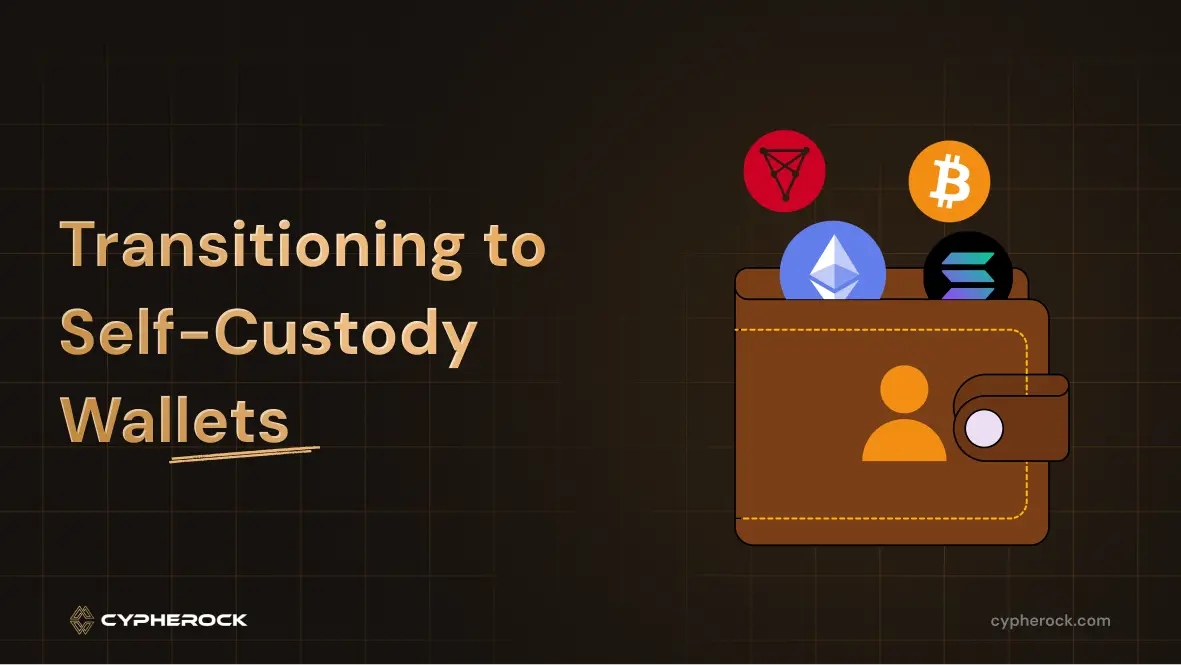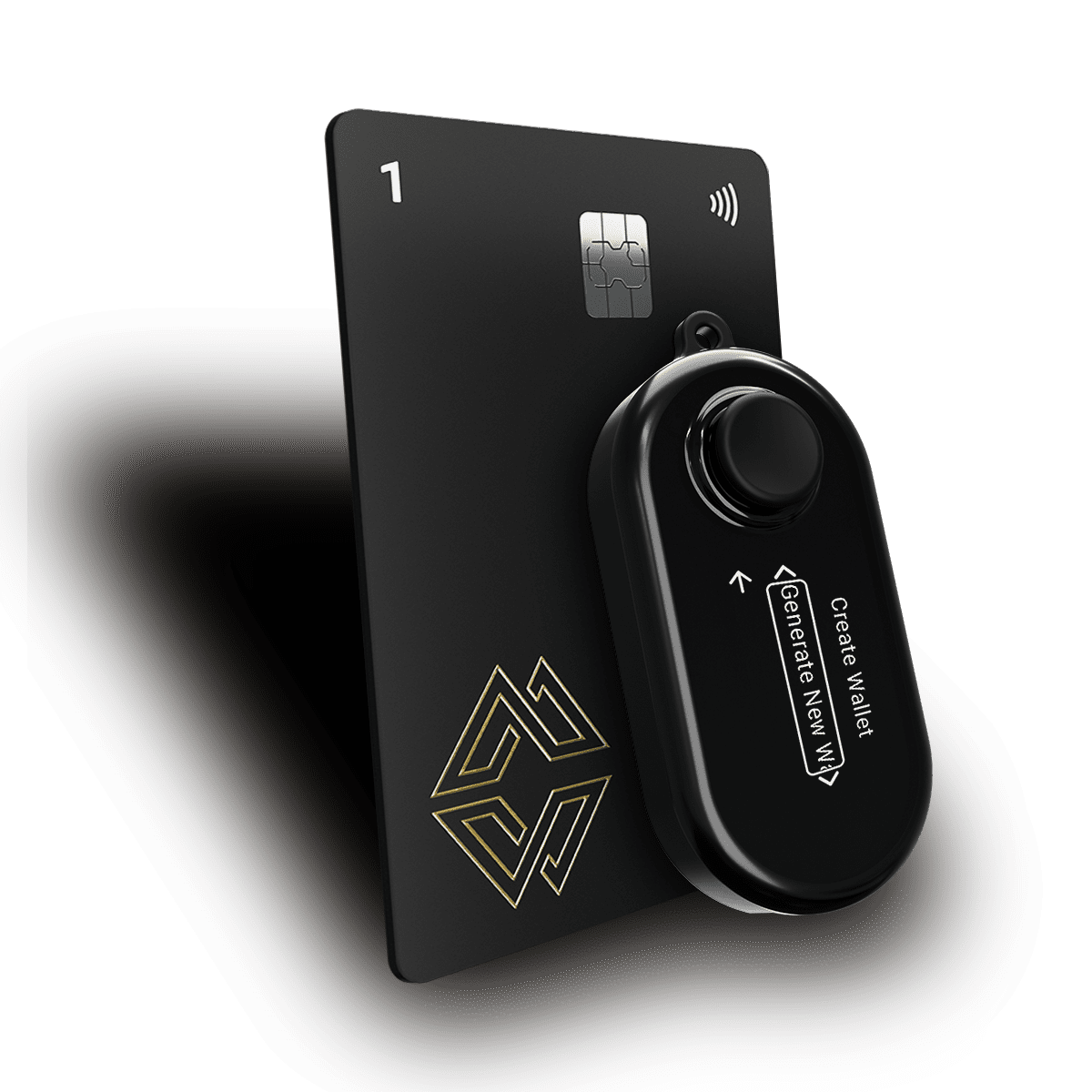

Bitcoin was created with a bold vision, removing financial middlemen and putting control back into your hands. This idea grew after the 2008 financial crisis, when trust in banks and traditional institutions was badly shaken. The blockchain movement that followed was built on the same principle: true ownership and freedom from centralized control.
But not every crypto platform honors that vision. Many exchanges and wallet services still keep full control over your assets. They hold your private keys and can block withdrawals, freeze accounts, or even lose your funds in a hack. When these platforms fail, the people who trusted them are often left with nothing.
We have seen high-profile exchange collapses, multi-million-dollar hacks, and sudden regulatory freezes. Each case is a reminder that leaving your crypto in someone else’s custody comes with real risks.
This guide will show you how to safely move from centralized custody to full self-custody, step by step.
Self-custody means you control your own private keys, and therefore your crypto. Your assets are stored on the blockchain, not inside your wallet. The wallet’s job is to store and protect the private key that lets you access and manage them.
Every wallet has a public key and a private key. Your public key (or wallet address) is what you share when you want to receive funds. Your private key is like the master password, anyone who has it can spend or transfer your crypto.
When you use a custodial service, they hold your private key. This means they decide how and when you can access your funds. In contrast, a non-custodial wallet gives you full control. That’s why the phrase “Not your keys, not your coins” isn’t just a slogan, it’s a truth that defines real ownership in crypto.
Custodial wallets are like banks. The provider holds your keys and may set limits, charge fees, or even deny withdrawals. You depend entirely on them to keep your funds safe. If they get hacked, go bankrupt, or face legal action, your assets are at risk.
Non-custodial wallets put the keys in your hands. You decide when and how to use your funds, with no one able to interfere. This independence also comes with responsibility, if you lose your keys, there’s no one to recover them for you.
Even among non-custodial wallets, security levels vary. This is where the Cypherock X1 offers something unique. Instead of storing your whole key on one device, it splits it into five encrypted parts, each stored separately. No single piece can sign a transaction alone. If one device is lost or stolen, it’s useless without the others.
Moving to self-custody offers clear advantages. First, you gain true ownership. No one can freeze your funds, limit your transactions, or take a cut without permission.
You get wallet choice freedom. Thanks to standards like BIP-32 and BIP-39, you can import your wallet into different apps or devices using your seed phrase. If one provider shuts down, you simply restore your wallet elsewhere.
Also, you can maintain better privacy. Custodial wallets often require KYC verification, which means handing over personal documents. With self-custody, you can avoid exposing unnecessary personal data.
Self-custody gives you full access to the decentralized ecosystem. Many DeFi apps, NFT platforms, and governance tools only work with non-custodial wallets. If you want to participate in these areas, self-custody is essential.
When you take control of your crypto through self-custody, the next step is choosing the right wallet type. Each option has its own strengths, weaknesses, and ideal use cases. Let’s explore them one by one.
A software wallet is a digital application you install on your phone, tablet, or computer. It stores your private keys on the same device that connects to the internet. Because of this constant connectivity, they are known as “hot wallets.”
Advantages:
Drawbacks:
Example use case: Keeping a small amount of crypto ready for quick trades, payments, or dApp interactions while storing the bulk in a more secure cold wallet.
A paper wallet is exactly what it sounds like, a physical piece of paper containing your private and public keys. Often, these keys are printed as QR codes for easier scanning.
Advantages:
Drawbacks:
Example use case: Long-term cold storage of crypto you don’t plan to access for years, provided you can store the paper in a fireproof, waterproof safe.
A hardware wallet is a physical device that stores your private keys completely offline. It only connects to your computer or phone when you need to sign a transaction, which keeps your keys safe from online attacks. Because they are cold wallets, they are far more secure than hot wallets for large holdings.
Advantages:
Drawbacks:
However, next-generation hardware wallets like the Cypherock X1 are built with this risk in mind. Instead of storing your private key on a single device, the Cypherock X1 splits it into five encrypted shards stored across separate devices.
No single piece can sign a transaction on its own. This means that even if one shard is stolen, your crypto remains completely safe. It’s a significant leap forward in solving the biggest physical security challenge for hardware wallets.
Example use case: Storing the majority of your crypto portfolio in maximum security while keeping a small amount in a hot wallet for daily activity.
Centralized exchanges are convenient but come with hidden risks. They can be hacked, mismanaged, or targeted by regulators. Withdrawal freezes during market crashes are common. In the worst cases, entire platforms collapse, taking customer funds with them.
By moving your assets into a self-custody wallet, you remove these risks. You no longer depend on a third party’s solvency or security measures. Your assets are in your hands — literally.
Step 1: Choose the Right Wallet
Match your needs to the type of wallet. For long-term safety, pick a hardware wallet. If you need quick access for daily transactions, a software wallet may work. Many people use both — keeping most funds in cold storage and a small amount in a hot wallet. The Cypherock X1 is ideal for long-term holders who also want multi-device redundancy for added safety.
Step 2: Set Up the Wallet
During setup, you’ll generate a recovery or seed phrase — usually 12 to 24 random words. This is the ultimate backup to your wallet. Write it down on paper or metal. Never store it digitally.
Step 3: Send Assets from the Exchange
Find your wallet’s public address. Double-check the format and network before sending. Start with a small test transaction. Once confirmed, send the full amount.
Step 4: Verify Transaction Completion
Use a blockchain explorer to confirm your funds arrived. If there are delays, check network congestion or contact the exchange’s support.
Keep multiple physical copies of your seed phrase in different secure locations. Avoid storing large sums in hot wallets. Update your wallet’s firmware regularly to patch security gaps.
For extra safety, consider segregating assets. Create separate accounts for different purposes so a compromised account doesn’t put everything at risk. With Cypherock X1, even if one shard is lost or stolen, it can’t be used to move funds without the others.
Don’t send crypto to the wrong address or on the wrong network, these errors are irreversible. Never lose your seed phrase. Avoid buying hardware wallets from unofficial resellers; they could be tampered with. And be cautious when connecting your wallet to unfamiliar dApps.
The Cypherock X1 combines hardware wallet security with a unique multi-device design. By splitting your private key into five parts, it removes the risk of a single point of failure. Transactions require multiple devices to sign, keeping you safe from both online and physical attacks.
It also supports offline signing, so your keys never touch an internet-connected device. Plus, its inheritance feature lets you securely pass your crypto to loved ones without revealing your keys ahead of time. Whether you’re a long-term holder or an active trader, Cypherock gives you security without giving up convenience.
Self-custody is more than a security choice, it’s the foundation of crypto freedom. By controlling your own private keys, you protect yourself from exchange failures, hacks, and outside interference.
The transition is simple when you follow a clear process: choose the right wallet, set it up securely, move your assets carefully, and practice safe storage habits. And for those who want to take it even further, Cypherock X1 offers unmatched resilience by eliminating single points of failure.
Now is the time to act. Don’t wait for the next exchange scandal to remind you that your crypto is only safe when your keys are in your hands.

Start securing your crypto journey today—visit Cypherock X1 to learn more.
Connect with us:
Twitter: @CypherockWallet
Telegram: Join the Community
